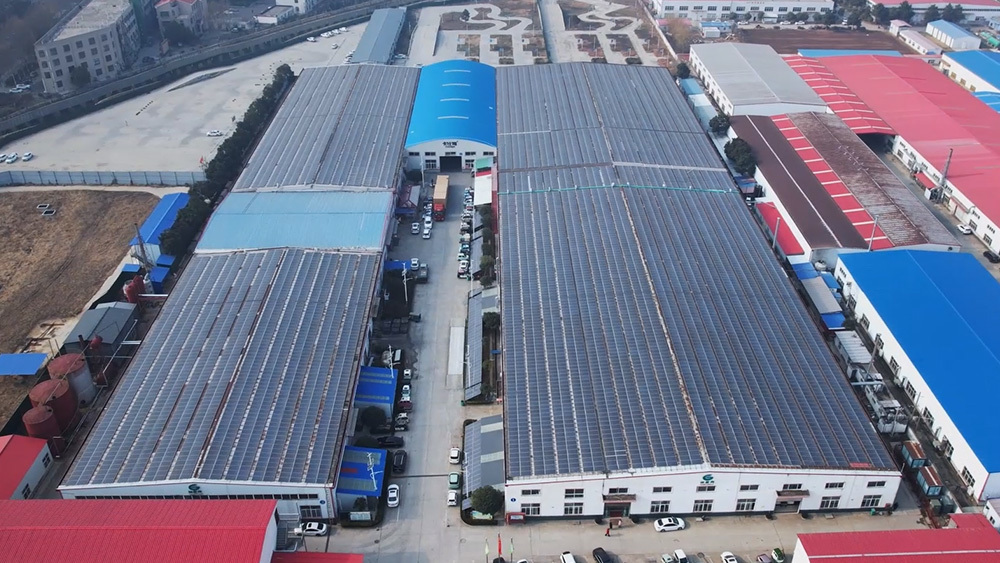Unlocking the Power of the Chain: Understanding Its Work Mechanism
这里是标题一h1占位文字
Introduction to the Chain
Ever wondered how a simple chain can have such profound implications in our daily lives? From bicycles to heavy machinery, the chain is a crucial component that holds everything together. Let’s dive into the workings of a chain and see why it’s more than just metal links.
What is a Chain?
At its core, a chain is a series of connected links that can transmit force and motion. These links can be made from various materials, including steel, plastic, or even rubber, depending on the application. The beauty of a chain lies in its versatility—it's like the Swiss Army knife of mechanical components!
How Does a Chain Work?
Now, let’s break it down. When a force is applied to one end of the chain, it travels through the links, transferring energy along the way. This process is known as tension, and it’s the magic that makes chains work so effectively. Picture this: when you pedal your bike, the force from your legs is transferred through the chain to the rear wheel, propelling you forward. Isn’t that neat?
Types of Chains
Just like you wouldn’t wear flip-flops to a formal event, different chains are designed for specific tasks. Here are a few common types:
- Roller Chain: Often used in bicycles and motorcycles, this chain features cylindrical rollers that reduce friction.
- Block Chain: Used in block and tackle systems, it’s great for lifting heavy loads.
- Leaf Chain: Typically found in forklift applications, it is designed for high tensile strength.
The Importance of Lubrication
Now, hold your horses! If you think a chain can work forever without some TLC, think again. Lubrication is crucial for ensuring smooth operation and longevity. Without it, chains can wear out quickly, leading to costly repairs or replacements. So, keep that oil handy!
Common Applications of Chains
Chains are everywhere! Here are some everyday applications:
- Bicycles: Chains are essential for transferring pedal power to the wheels.
- Conveyor Systems: Used in factories, these chains help to move products efficiently.
- Motorcycles and Cars: Chains play a vital role in the transmission system, ensuring smooth gear changes.
The Future of Chains
As technology advances, so does the design and application of chains. Innovations like smart chains equipped with sensors for monitoring wear and tear are on the horizon. Just imagine—chains that can alert you when they need maintenance! Talk about a game-changer!
Conclusion
To wrap it up, the chain is an unsung hero in the world of mechanics. Its work mechanism, though simple at first glance, is a prime example of how engineering can solve real-world problems. So, the next time you hop on your bike or see a conveyor belt in action, take a moment to appreciate the chain that makes it all possible!
Recommended News
The Unsung Hero of Farming: Understanding Agricultural Machinery Sprockets
Discover essential tips for maintaining agricultural machinery sprockets to enhance efficiency and longevity.
Understanding the Workings of Agricultural Machinery Sprockets
Explore the intricate workings of agricultural machinery sprockets and how they enhance farming efficiency.
Unlocking Efficiency: The Role of Agricultural Machinery Sprockets in Modern Farming
Explore how agricultural machinery sprockets enhance efficiency in farming, from tilling to harvesting.



